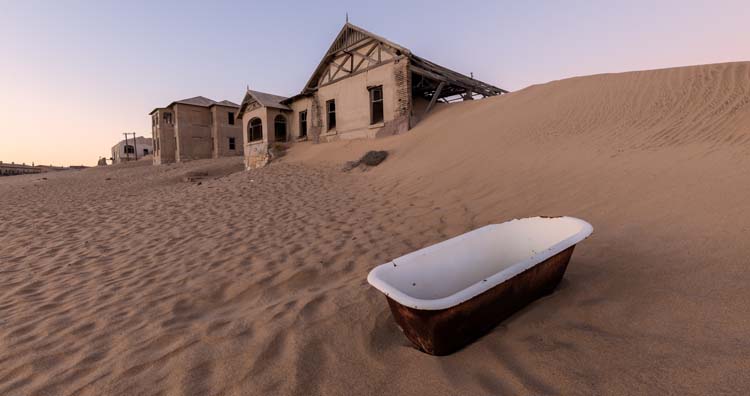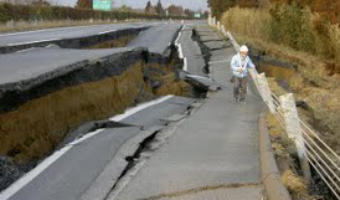13 Ghost Towns Around the World
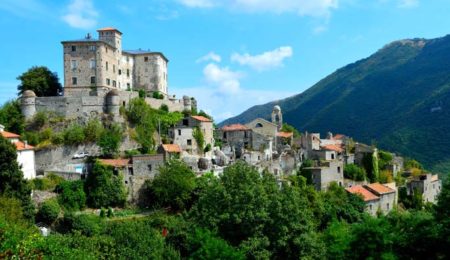
Wars and depletion of resources have made many regions around the world ghost towns. Some of these are due to mass killings, some cities were abandoned due to depletion of resources like coal, diamonds, and whales. These places have been deemed safe for visiting and have become major tourist spots. Here are some ghost towns that you probably never knew existed.
1 Kolmanskop, Namibia
Kolmanskop was one of the richest communities in the world a hundred years ago because of its diamonds. The town was abandoned when the diamonds ran out in 1930, and sand reclaimed the area. Now it is a forgotten land covered in sand.Â
Kolmanskop had the first hospital with an x-ray machine in the Southern Hemisphere. It is now just a collection of ruined buildings that are buried in the sand. In 1912, the town produced one million carats of diamonds.
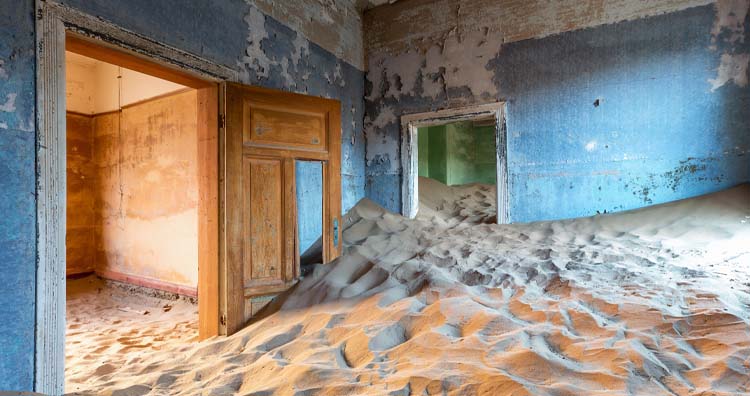
But by 1930, the expansive mining had left the diamonds in the area near depletion. Many moved to the diamond deposits that were found 270 km to the south in the Nambia desert. By 1956, the town was completely deserted. The town once had a total population of 1,300 people.Â
The town’s first found diamonds in 1908 when European and African miners moved there. Nearly 12% of the world’s diamonds came from this town. Most buildings here are made in German style.
Currently, the place is restricted to visitors by Namdeb Diamond Corporation, and the government and requires a permit to visit. It is a picturesque location with sand-dune-covered buildings and stays as a reminder for changing industries. (Source)
2 Grand-Bassam, Ivory Coast
Grand-Bassam is an abandoned French colony that was an important port and trading area in the 1880s. The colony was constructed around 1880 to 1920 with typical French architecture. The golden era for Grand-Bassam was short-lived, and when the French built a new wharf elsewhere, this town was left to decay.Â
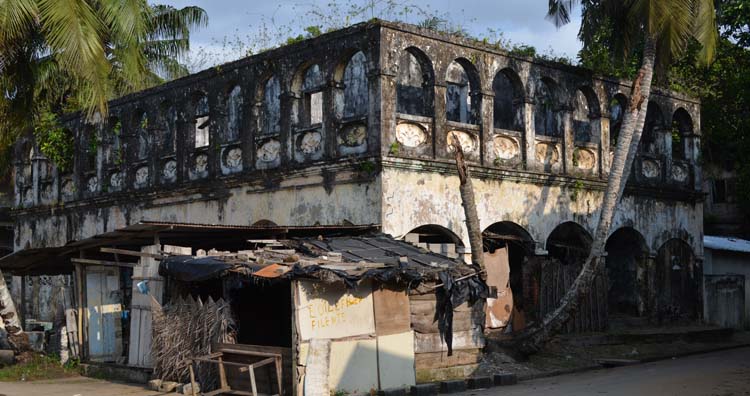
The now-world-heritage site, Grand-Bassam, held many judicial and administrative centers and was a historical part of colonialism with a peak population of around 84,000 people. The plan of Grand-Bassam was based on commerce, housing for Europeans and Africans, and administration. It bore witness to political relations between Europeans and Africans.Â
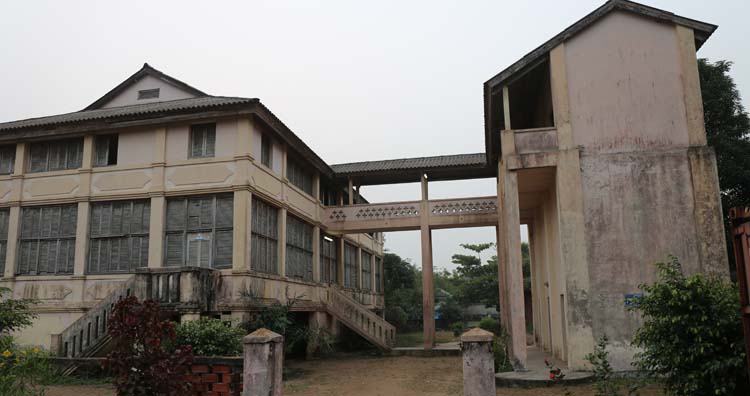
After Abidjan, a new wharf built near Grand-Bassam started gaining popularity, this town changed into one of the sleepy, backwater, ghost towns and was left to decay without maintenance. The government has now come up with restoration plans. (Source)
3 Chinguetti, West AfricaÂ
Chinguetti peaked in the 13th to 17th centuries and is one of the biggest centers of science, literature, and mathematics. It served as a shelter for travelers in the Sahara Desert. Expansion in the Sahara Desert and climate change have made these ruins hard to protect and left the city as one of the ghost towns that attract researchers and tourists.Â
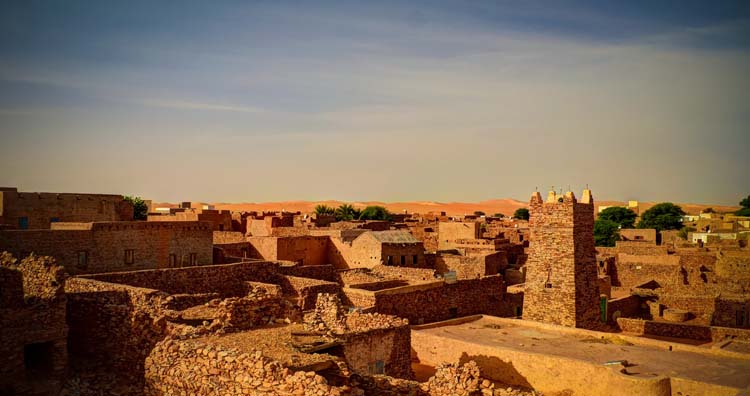
The location is considered the symbol of Mauritania. It was a major trading center in medieval times. Many visitors used to pass this area on their route to Mecca. The location has regular visitors and only about a thousand residents. Chinguetti housed many libraries with manuscripts about religion and science.
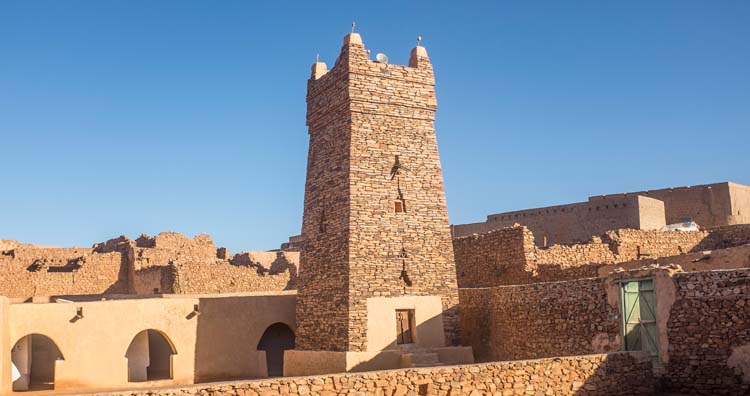
The village is now a World Heritage Site and has an extensive plan for rehabilitating these ruins and preserving the city. The expansion of the Sahara Desert made the town uninhabitable. Chinguetti is over 1,200 years old. (Source)
4 Grytviken, South Georgia
Grytviken is an abandoned whaling station that was up and running until the last half of the last century. It was founded in 1904 and was the best harbor on South Georgia Island. The station closed when the whale population started dwindling.Â
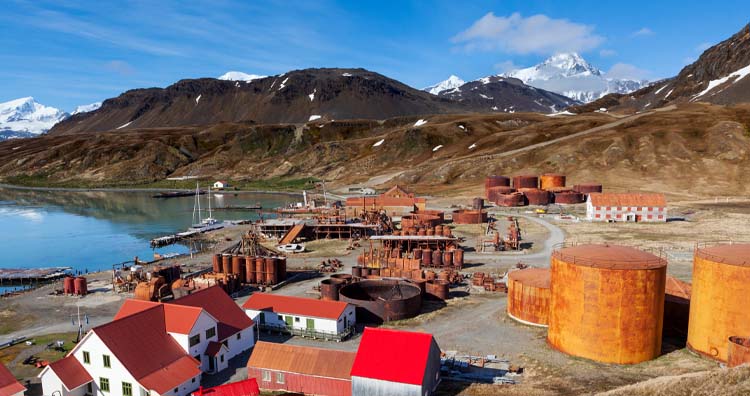
The settlement had more than three hundred people during its peak time. The whalers used every part of the whale from blubber, meat, and bones to extract oil. The location was abandoned over just 60 years because of the population of whales declining.
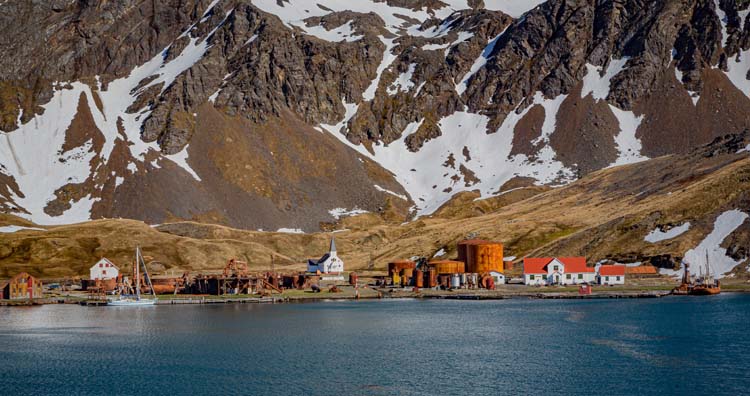
By December 1966, the region was completely out of whales. Grytviken is closely associated with Sir Ernest Shackleton, who was an Antarctic explorer. His wife, after his passing, chose South Georgia as his resting place in the graveyard there along with the native whalers.Â
The location is declared as an Area of Special Tourist Interest. It is a popular stop for cruise ships for the ruins, Shackleton’s grave, and a museum. (Source)
5 Agdam, Azerbaijan
Agdam was a thriving city with 300,000 inhabitants. The city was destroyed as a result of conflicts between Azerbaijan and Armenian forces. The town was seized by Armenian forces in July 1993. The city’s population fled after the heavy fight.Â
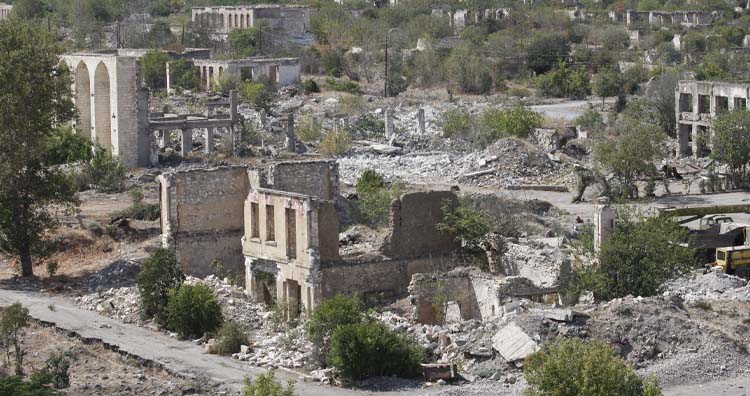
Agdam was founded in the 18th century. The land consisted of two railway stations, butter, wine brandy, and silk factories, along with an airport. Brutal fighting started in this place during the First Nagorno-Karabakh War. Armenian forces attacked Azerbaijan and seized the city in 1993.Â
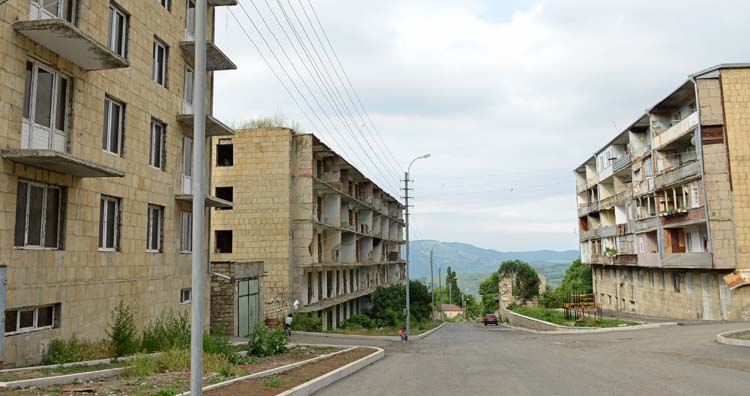
After the city was seized, it was looted and burned, which was a serious violation of war rules. The houses were blown up, the city fell. The population mostly fled eastward. The place is now decaying and off-limits. It was reported that the location was completely in ruins except for a mosque. (Source)
6 Tkvarcheli, Abkhazia
Tkvarcheli was famous for its coal mining industry during the 1930s. Due to war in Abkhazia, the town’s industries stopped and the population came down from 21,700 in 1989 to just 7,000 by 2004. It is now one of the ghost towns with abandoned apartments and a mere 35 inhabitants.Â
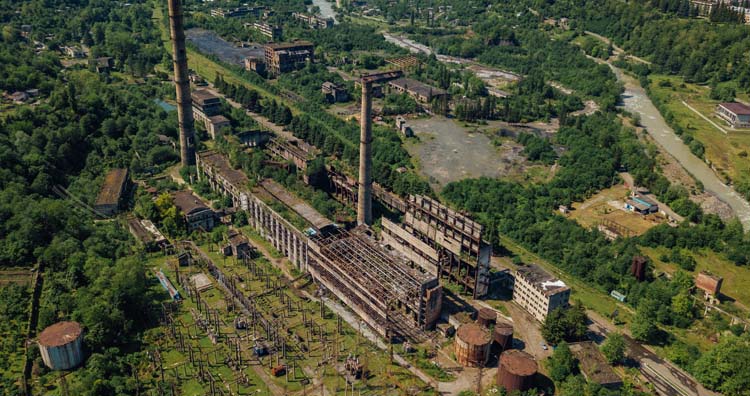
Abkhazia is the subject of a territorial dispute between Georgia and Abkhazia. During the height of the Second World War, the region was given town status, and over 40,000 were employed in their industries.
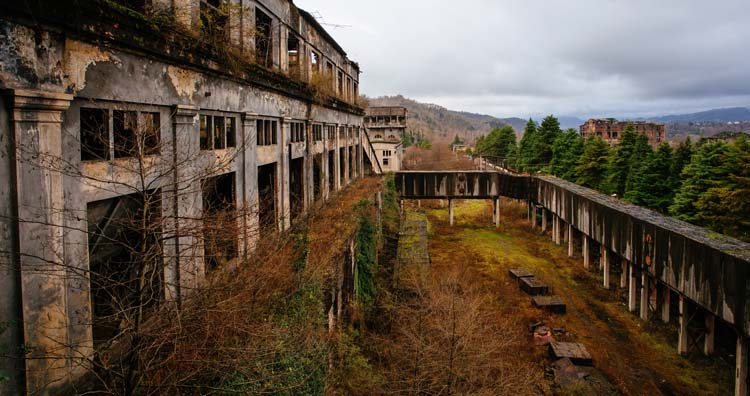
After the Soviet Union collapsed, ethnic tensions built up, and there was conflict and widespread destruction. Now, the place is rotting away with very few inhabitants. It is a popular tourist destination for Russian tourists for its ruins. (Source)














